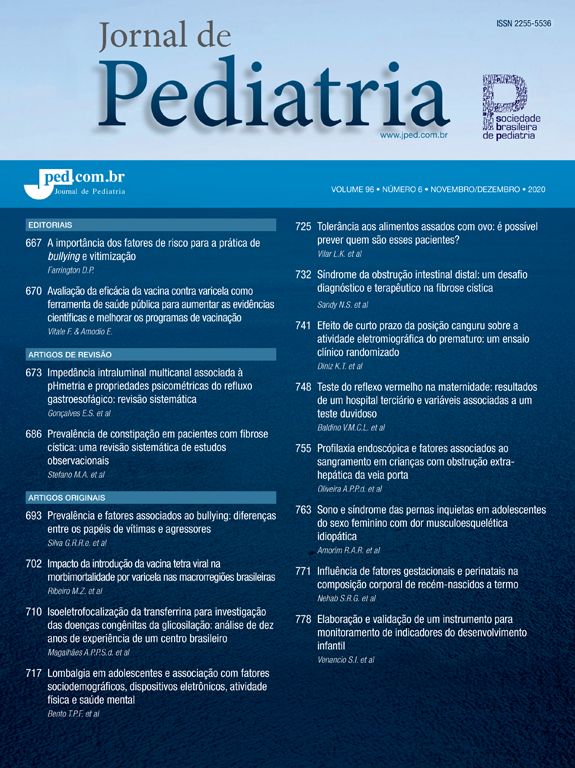The present study aims at identifying prior areas for nutritional programs considering growth scores of children entering the first grade of school. Data were obtained through the nutritional surveillance system in a Brazilian city called Osasco, São Paulo. The analysis was meant to determine the magnitude and distribution of growth retardation. In order to establish the nutritional status of children the indicator height/age expressed by standard deviation scores (z-score) was used. Values below -2 s.d. of the reference population median (NCHS) were considered height retardation. Children's growth was geographically distributed into groups of schools according to height deficit prevalence. Results showed marked differences among the schools with deficit prevalence varying between 0 and 16.1%. This led to the identification of communities with good health and nutrition levels, and communities exposed to different levels of malnutrition. The level of dissociation was such that it was possible to pinpoint areas and micro-areas where social programs and investments are most needed.
O fator de impacto mede o número médio de citações recebidas em um ano por trabalhos publicados na revista durante os dois anos anteriores.
© Clarivate Analytics, Journal Citation Reports 2025
O CiteScore mede as citações médias recebidas por documento publicado. Mais informação
Ver maisSJR é uma métrica de prestígio baseada na idéia de que todas as citações não são iguais. SJR utiliza um algoritmo similar ao page rank do Google; é uma medida quantitativa e qualitativa ao impacto de uma publicação.
Ver maisSNIP permite comparar o impacto de revistas de diferentes campos temáticos, corrigindo as diferenças na probabilidade de ser citado que existe entre revistas de distintas matérias.
Ver mais







